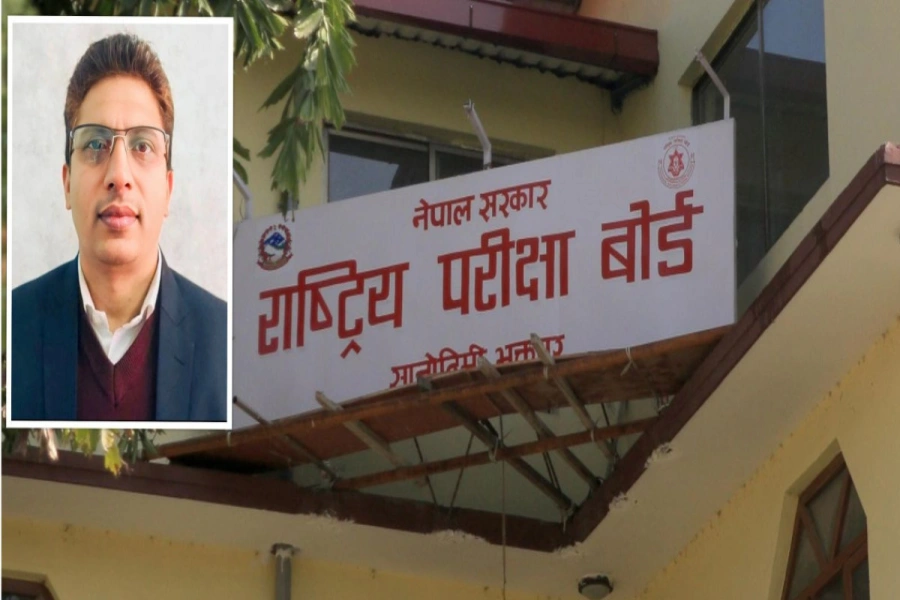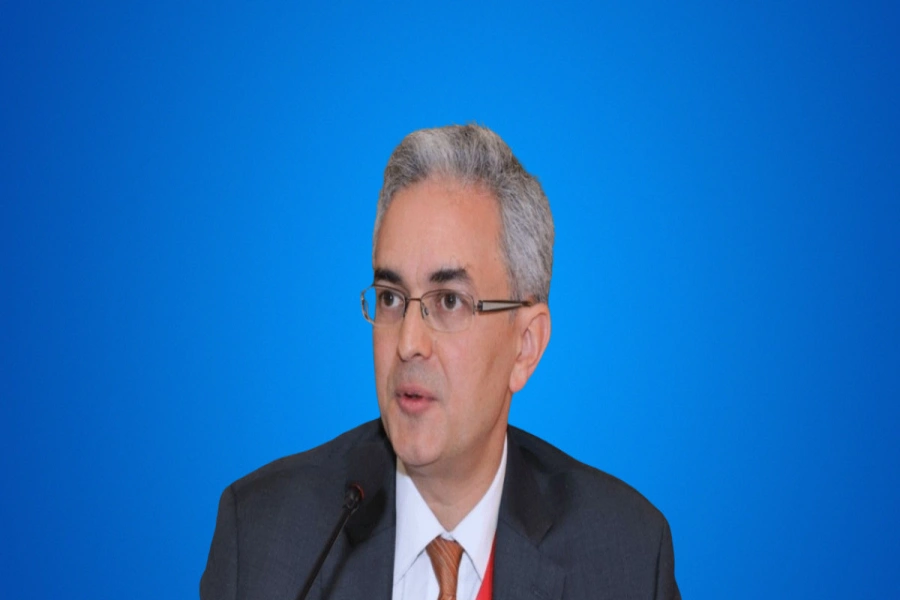Lockdowns cannot last forever, and COVID-19 is unlikely to disappear on its own. The world must leverage its collective resources to harness the power of science, innovation, and markets to devise a more sustainable solution—namely, a cure or a vaccine.
BEIJING – The COVID-19 coronavirus poses a threat on a scale not seen since the so-called Spanish flu killed more than 50 million people in 1918-19. To confront the pandemic, many governments have imposed stay-at-home orders and even strict lockdowns, bringing the global economy nearly to a standstill. But the real solution to this crisis is not containment. It is innovation.
To be sure, in the near term, containment and mitigation are essential to protect the most vulnerable people – the elderly, the poor and badly housed, and the immunocompromised – and to avoid overwhelming health-care systems, as has occurred in Italy, Spain, and New York City. Containment saved countless lives during the plagues of the Middle Ages and during the Spanish flu pandemic. It can do the same today.
And, indeed, the experiences of China, Singapore, and South Korea show that resolute containment measures – such as lockdowns and contact tracing – can be effective in slashing new COVID-19 infections. And, because viruses don’t respect borders, helping developing countries with weak public institutions and health-care systems to strengthen their own containment efforts and provide adequate care should be a top international priority.
Advisory task force recommends keeping marriage age at 18

But lockdowns cannot last forever, and COVID-19 is unlikely to disappear on its own. The world must leverage its collective resources to harness the power of science, innovation, and markets to devise a more sustainable solution – namely, a cure or a vaccine. And policymakers must recognize that governments must ensure that scientific and medical innovation serves the public, rather than just companies’ shareholders.
While COVID-19 is new, coronaviruses are not. Yet research into these viruses has often fallen short of what’s needed, not least due to inadequate funding. In 2016, a team of scientists in Texas developed a potential vaccine for another deadly coronavirus, severe acute respiratory syndrome (SARS), but were unable to secure funding to launch human clinical trials.
Had such research continued before the COVID-19 outbreak, the world would have had, at the very least, a major head start in the search for a vaccine. But private firms had little incentive to develop a vaccine or a cure for diseases like SARS or Middle East respiratory syndrome (also a coronavirus). After all, by 2016, the SARS epidemic had ended more than a decade previously, and MERS has infected relatively few people (fewer than 2,500 since its emergence in 2012). This lack of investment in protecting against a possible future threat was a clear market failure.
Even today, as scientists around the world work to expedite the development of a COVID-19 vaccine, market failures are leading to missed opportunities. For starters, major companies in industries other than pharmaceuticals should be more engaged.
In particular, tech companies should be deploying advanced technologies like artificial intelligence and cloud computing, as well as their armies of data scientists, to alleviate bottlenecks and guide scientific research. For example, AI can suggest elements of a vaccine based on existing knowledge of viral protein structures and help medical researchers mine relevant research papers and analyze raw data. This is already happening to some extent, but efforts should be scaled up and coordination improved to avoid redundancy.
In fact, all efforts – by industry, researchers, and governments – should be better coordinated, with public and private resources being pooled to advance a shared goal. To this end, governments should implement appropriate industrial policies and create national task forces, potentially headed by public-health institutes, to help manage the search for vaccines and therapeutics, including by ensuring the necessary funding.
Those national efforts could then be coordinated by a single global task force, led by the World Health Organization and other international institutions. Here, again, ensuring adequate funding is key, as is fostering open knowledge- and information-sharing among all relevant actors, from universities and research institutes to corporations and governments. Beyond accelerating progress toward a COVID-19 cure or vaccine, such a focused research and development effort could create valuable innovation spillovers.
The renowned development economist Albert Hirschman once observed, “Creativity always comes as a surprise to us; therefore we can never count on it and we dare not believe in it until it has happened.” But even if we cannot count on it, we can create the conditions for it, leveraging our resources, tools, and ingenuity, while avoiding inefficiencies. In this sense, the COVID-19 pandemic offers the world an opportunity to cultivate a new approach to innovation fit for an era in which our biggest challenges are shared.
Zhu Min, a former deputy managing director of the International Monetary Fund, is Chair of the National Institute of Financial Research at Tsinghua University
Copyright: Project Syndicate, 2020.
www.project-syndicate.org






































